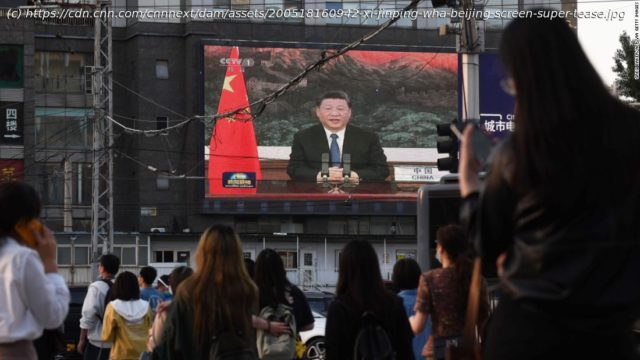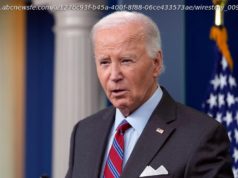Sometimes, the best time to act isn’t when you’re at your strongest, but when your rivals are weakest.
This is providing an opportunity to pursue a long sought after goal — national rejuvenation, seizing what is seen as China’s rightful position as a global superpower.
Aggressive actions
In 2017, the Chinese Communist Party journal Qiushi, one of the most influential publications in the country, laid out “A Theoretical Guideline and Action Plan for the Rejuvenation of the Chinese Nation.”
Since becoming leader, national rejuvenation has been a key priority for President Xi Jinping. Once, the Communist Party’s compact with the Chinese people was that it would make them rich, under Xi the deal has been that it will make them great.
No one expects this to be easy, or to go unopposed. “As China enters a crucial stage of its transformation from a major country to a powerful one,” Qiushi noted, “it is encountering growing pressure and obstruction on the path ahead.”
“The world is currently witnessing unprecedented changes as major shifts occur in the international strategic landscape, the global governance system, the global geopolitical landscape, and the competition among countries over national strength,” the journal said.
These shifts have all been supercharged by the pandemic. The US is struggling to cope with its own domestic response to the virus, and its military is no exception, with at least one aircraft carrier left temporarily out of action due to infections on board.
While the Pentagon argues that its capabilities are the same as ever, these apparent difficulties haven’t gone unnoticed, with media close to the People’s Liberation Army (PLA) crowing that its own ships have not experienced the same kind of outbreaks.
The US navy has long been the biggest block on China’s attempts to dominate the South China Sea — almost all of which is claimed by Beijing as part of its territory, despite numerous other claimants whose borders are far closer to the disputed waters.
In April, China’s Coast Guard rammed and sank a fishing boat off the coast of Vietnam, while this month Chinese vessels reportedly stepped up a long-running dispute with Malaysian oil exploration vessels in the disputed waters.
Nor are naval borders the only ones being pursued with renewed vigor. In recent weeks, Chinese and Indian soldiers have engaged in scuffles along the countries’ border in the Himalayas, and both have reportedly increased their troop presence in the region.
This is by no means the first time Beijing has flexed its muscles in the South China Sea, or engaged in border disputes with India. But with political leaders in Washington and New Delhi comparatively distracted with domestic matters related to the pandemic, Beijing has an opportunity to shore up gains in both regions that will be hard to reverse once the pandemic is over.
Speaking at an event this month, Alice Wells, a top US State Department official, drew a parallel between Beijing’s actions in both areas.
“There’s a method here to Chinese operations and it is that constant aggression, the constant attempt to shift the norms, to shift what is the status quo,” she said.
Home
United States
USA — mix In Hong Kong and beyond, China moves to consolidate position of strength...






